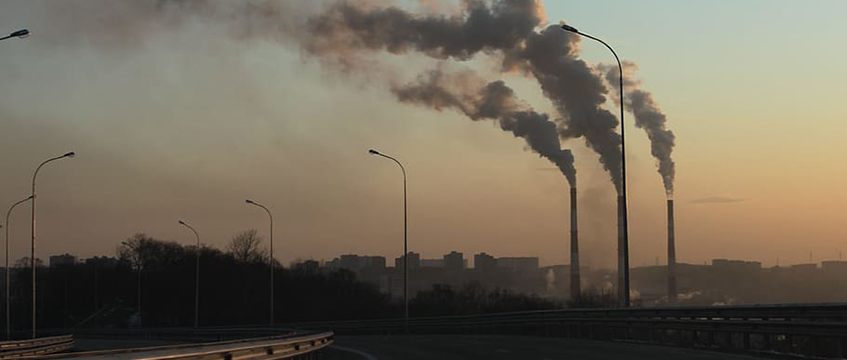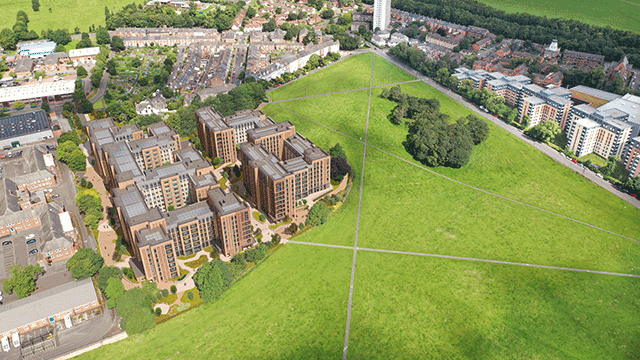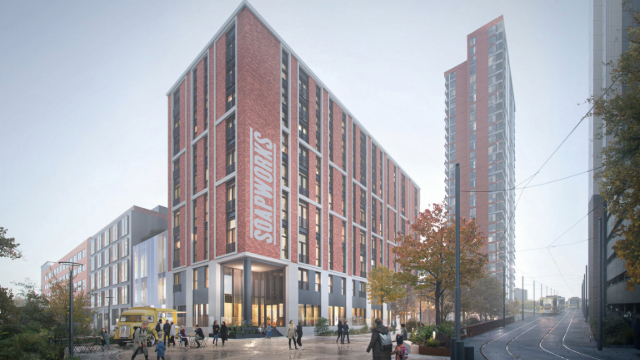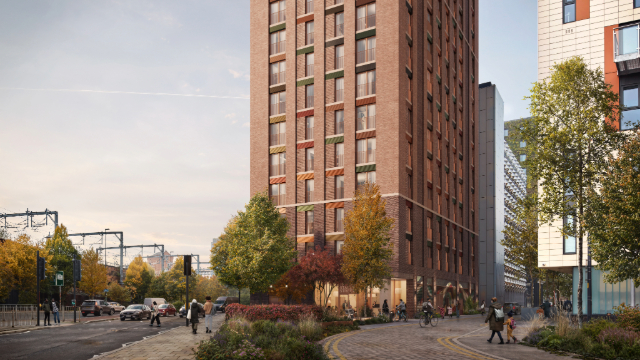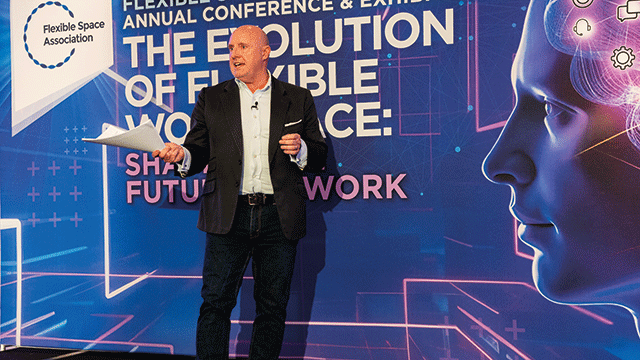COMMENT: As governments around the world continue to tackle the coronavirus pandemic, many of us are adjusting to a new normal characterised by social distancing and other measures to slow the rate of contagion, write Trucost chief executive Richard Mattison, and global head of research and innovation Steven Bullock.
We have already started to see news reports on the connection between the pandemic and climate-related issues. Satellite images show a marked fall in global nitrogen dioxide levels as the slowdown in non-essential travel and industrial activity has improved the air quality in major cities and other industrial heartlands in Asia and Europe.
In China, carbon emissions fell by an estimated 18% between early February and mid-March due to reduced coal consumption and industrial output. In Europe, reduced energy demand and a slowdown in manufacturing could cause carbon emissions to fall by nearly 400m metric tonnes this year.
At a global level, scientists predict annual carbon emissions may drop by more than 5%, in what would be the largest fall since the end of the Second World War.
The indirect health and societal benefits, no matter how significant, offer no cause for celebration right now. However, when the immediate health crisis and economic downturn are over, the world will be presented with a choice.
Carbon emissions could come surging back if countries lean heavily on carbon-intensive energy sources and historically low oil prices to rebuild their economies. Alternatively, countries could mobilise strategies that align with global climate goals and respond with renewed vigour in tackling the climate crisis.
This could be an opportunity for businesses to embrace strategies that decouple growth from emissions and for the investment community to accelerate the flow of capital to more sustainable assets. But a shift of this nature must be underpinned by economic stimulus packages that promote sustainable growth.
Learning from the past
So what can we learn from the way governments have responded to crises in the past?
Following the 2008 financial crisis, governments around the world injected large sums of capital into their economies to support growth. At the time, some countries did recognise the value of accelerating the transition to a low-carbon economy and used the opportunity to build resilience against climate change.
In the US, for example, the financial incentives included in the 2009 Recover Act played a significant role in lowering the cost of solar PV and battery production across the country. In China, 5% of the government’s Y4tn (£460bn) stimulus package went into projects on energy conservation, emissions reductions and environmental engineering. But despite this ambition, carbon emissions grew by 6% in 2010, offsetting the 2% decrease caused by the financial crisis itself. Emissions have increased almost every year in the decade that followed.
However, there may be cause for optimism this time around. The majority of governments around the world have now endorsed the Paris Agreement and an increasing number have started to set carbon-neutral goals for their countries. Against this backdrop, we may expect more governments to integrate measures that enable the low-carbon transition.
The early signs are certainly promising. For example, there are calls for the EU Commission to use the European Green Deal as a framework for a comprehensive EU recovery plan that includes the green transition and digital transformation. The Green Deal would constitute a new growth strategy for the EU, which could deliver on the twin benefits of stimulating economies and creating jobs while supporting sustainable growth.
The rise of sustainable investment over the past decade is also a cause for optimism. Environmental, social and governance and impact investing have grown by 34% worldwide since 2016, reaching assets of more than $30tn (£24tn) at the start of 2018. The pace of issuance in green bonds has also exceeded expectations, with $1tn in annual green investment in sight in 2020. As of early April, the S&P 500 ESG Index is also outperforming the S&P 500 benchmark by 2.47%. This provides increasing evidence that capital is flowing more readily to sustainable assets and this could accelerate further with the right economic stimulus in place.
Decoupling growth from emissions
But what could this mean for businesses? How can companies start to embrace strategies that support the low-carbon transition? One of the tools they have used in recent years is to set carbon reduction targets that align with the central goal of the Paris Agreement to limit global warming to well below 2°C. These targets provide companies with a clearly defined pathway to future-proof growth by specifying how much and how quickly they need to reduce their carbon emissions.
While a growing number of businesses are measuring and reporting emissions, and many are setting reduction targets, those that are aligned with climate science (ie, limiting global warming to well below 2°C) have been in the minority.
The road ahead is uncertain and many sectors will be faced with different challenges as they look to respond to the unintended consequences of the pandemic. The opportunities for businesses to align “back to work” strategies with global climate goals will also clearly have indirect implications for other sectors. However, with the right economic stimulus packages in place and the increasing flow of capital to greener assets, we may be able to lay the building blocks for a sustainable future.
Trucost is part of financial intelligence company S&P Global







